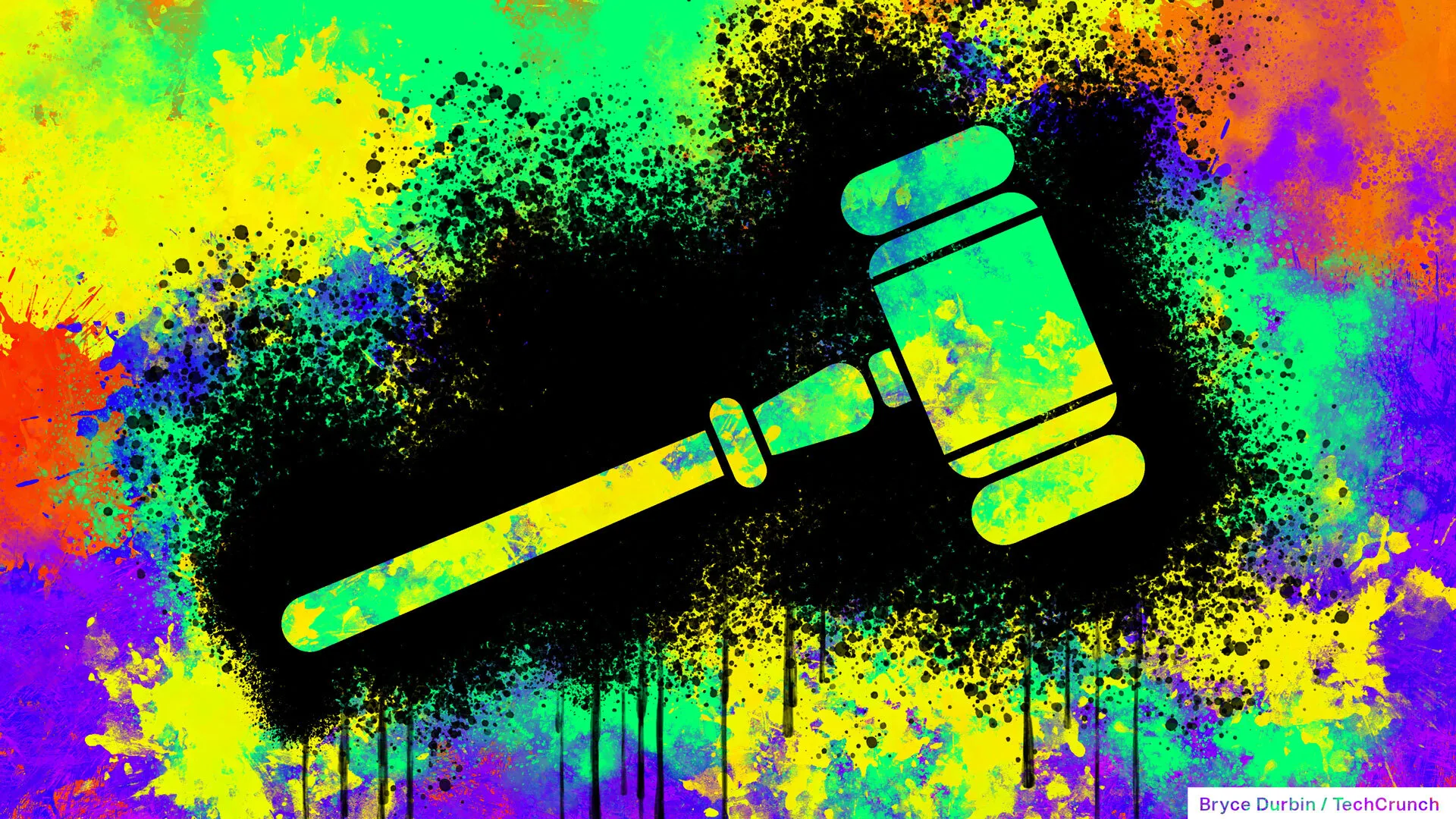Facebook is reintroducing its classic Poke feature, aiming to captivate a younger audience by incorporating gamified elements reminiscent of popular social media trends. Originally launched in 2004, the Poke allowed users to send a virtual nudge to friends, serving as a simple way to say hello or get someone’s attention without sending a message.
In its latest iteration, Facebook has made the Poke feature more accessible and engaging. Users can now poke friends directly from a dedicated button on their profiles, which sends a notification to the recipient. Additionally, Facebook has revived its Pokes page at facebook.com/pokes, where users can view who has poked them, track their poke count with friends, and dismiss pokes if they choose not to engage.
To appeal to Generation Z, Facebook is transforming poke counts into a competitive, streak-like experience. As the number of pokes exchanged between friends increases, special icons such as fire emojis or 100 badges appear next to friends’ names, mimicking features popularized by platforms like Snapchat and TikTok. This gamification strategy is designed to reignite interest among younger users and encourage more frequent interactions on the platform.
The decision to revamp the Poke feature follows a significant increase in poke activity. In March 2024, Facebook reported a 13-fold spike in poking after making the feature easier to find via search. By embedding the Poke button directly into user profiles, Facebook aims to make the feature more prominent and user-friendly.
For Meta, the parent company of Facebook, the revival of the Poke is more than just a nostalgic nod to the platform’s early days. It’s part of a broader strategy to re-engage younger audiences who have gravitated toward other social media platforms. Over the years, Facebook has experimented with features like Facebook Campus, targeting college students, and a Gen Z-focused redesign. While these initiatives have had varying degrees of success, the gamified return of the Poke signals Meta’s continued efforts to remain relevant with youth.
The Poke feature has an interesting history. Introduced in 2004, it became one of Facebook’s signature features, allowing users to interact in a playful and low-effort manner. However, as the platform evolved and introduced new features like Messenger, likes, and reactions, the Poke lost its prominence and was eventually removed from the main app by 2014. Although it was never fully disabled, it became increasingly difficult for users to find.
The recent updates aim to modernize the Poke for today’s social media landscape. By integrating gamified elements and making the feature more accessible, Facebook hopes to attract a younger demographic that may not have experienced the Poke’s original popularity. This move aligns with Facebook’s 20th anniversary, marking two decades of digital connection and innovation.
The gamification of the Poke feature is particularly noteworthy. By introducing streak-like mechanics and visual badges, Facebook is tapping into the engagement strategies that have proven successful on platforms like Snapchat and TikTok. These features encourage users to interact more frequently and consistently, fostering a sense of competition and achievement. For example, as users exchange pokes regularly, they can unlock special icons such as fire emojis or 100 badges, adding a layer of excitement to the interaction.
This strategy is not without its challenges. Gamified features like streaks have come under regulatory scrutiny and have even led to lawsuits due to their addictive nature. By adding a new layer of gamification, Facebook is stepping into a controversial space. However, the company appears confident that the benefits of increased user engagement outweigh the potential drawbacks.
The reintroduction of the Poke feature also reflects Facebook’s broader efforts to adapt to changing user behaviors and preferences. As social media platforms continue to evolve, features that encourage lightweight, spontaneous interactions are becoming increasingly important. By reviving and modernizing the Poke, Facebook is positioning itself to better compete with newer platforms that have successfully captured the attention of younger users.
In conclusion, Facebook’s revival of the Poke feature with gamified enhancements represents a strategic effort to re-engage younger audiences and adapt to the evolving social media landscape. By making the feature more accessible and introducing competitive elements, Facebook aims to foster more frequent and meaningful interactions among users. Whether this move will successfully recapture the interest of Generation Z remains to be seen, but it underscores Meta’s commitment to innovation and user engagement.



